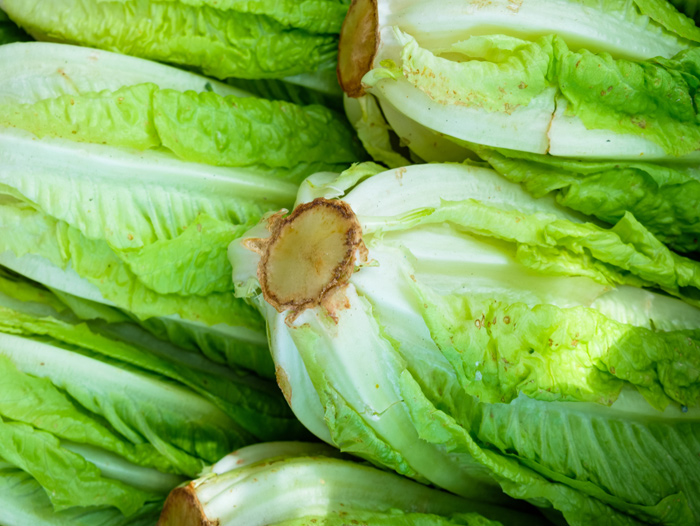USDA Data on Shipments of Romaine Lettuce Can Inform Foodborne Illness Outbreak Investigations and Public Health Advisories
February 12, 2020 | 1 min to read

USDA data on daily shipments of romaine lettuce can be used to determine which production regions are free from contamination during a foodborne illness outbreak. These data, reported by USDA’s Agricultural Marketing Service with a 1- or 2-day lag, provide essentially real-time information on produce shipped out to retailers. An analysis conducted by the USDA’s Economic Research Service demonstrates how this information may allow the U.S. Food and Drug Administration (FDA) to rule out an entire production region as the source of contamination.
Leafy greens, including romaine lettuce, are the sixth most commonly consumed type of vegetable in the United States. From May to November, most romaine lettuce in the United States comes from California’s Central Coast region, whereas from December to April, most comes from the Yuma, Arizona region. Among the 29 outbreaks of Shiga-toxin producing Escherichia coli (STEC) O157:H7 associated with romaine lettuce between 1998 and 2018, illnesses peaked in April and October, which corresponds with the tail end of harvest season in the two main romaine growing regions. In 2017 and 2018, there were three multistate, multinational foodborne illness outbreaks of STEC associated with the consumption of romaine lettuce that occurred at the tail end of either Yuma, Arizona or California’s Central Coast production seasons. These outbreaks led to a total of 376 illnesses, 158 hospitalizations, and 7 deaths.
To read the rest of the story, please go to: USDA
